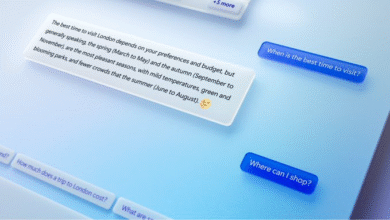Google Chrome with New Beta Version has Improved Picture-in-Picture.

According to The Verge, Google is working on a new Chrome beta, version 111, which will have a document picture-in-picture functionality.
A trial version of the feature will enable it to display any web material in a floating window that remains on top of all other windows, making it more usable.
Picture-in-Picture Document (PiP)
The majority of PiP windows simply permit gameplay.
Pause, select “Back to tab,” or end the window. It will now be possible to open an always-on-top window that can be filled with any HTML content thanks to the new document API. As a result, special buttons and video controls are possible.
The API also has the ability to aggregate numerous streams into a single PiP, and buttons like raising your hand or sending a message to another user are also possible.
In order to create a pomodoro tool, Tomodoro also made use of its more sophisticated PiP capabilities.
Up until Chrome 115, which is probably going to be published in June, the new functionality will be in testing. Then, engineers will probably take into account any criticisms of the functionality and decide how to proceed.
Support for the Feature is Enabled
By entering Google chrome:/flags/#document-picture-in-picture API into your browser’s address bar, you can enable the flag. Select “enabled” from the drop-down menu after that.
However, it’s probably true that not many websites support this, while it’s still feasible to find some.
Read More:Ready for Google’s Version of ChatGPT?
An improved Chrome browser
Indeed, the dominant search engine keeps enhancing its browser. Incognito tabs can now be locked in the Google Chrome browser for iOS. Android users will soon be able to access it.
The browsing experience is more secure when users require their fingerprints to continue a private browsing session.
Additionally, Google Chrome 110’s earlier this month public release does not support Windows 7, Windows 8, or Windows 8.1, as well as Windows Server 2012 or Windows Server 2012 R2. This comes after Microsoft earlier this year decided to stop providing security updates for Windows 7 and Windows 8/8.1 on January 10.
Additionally, this is the first time that Google’s browser has called for Windows 10 or later. Additionally, Google Chrome 110’s launch marks the beginning of a new release cycle for the browser that will feature an early stable preview of upcoming upgrades a week before the full scheduled stable release date.












3 Comments